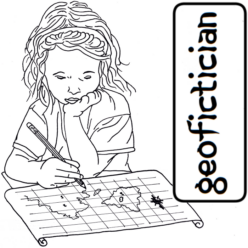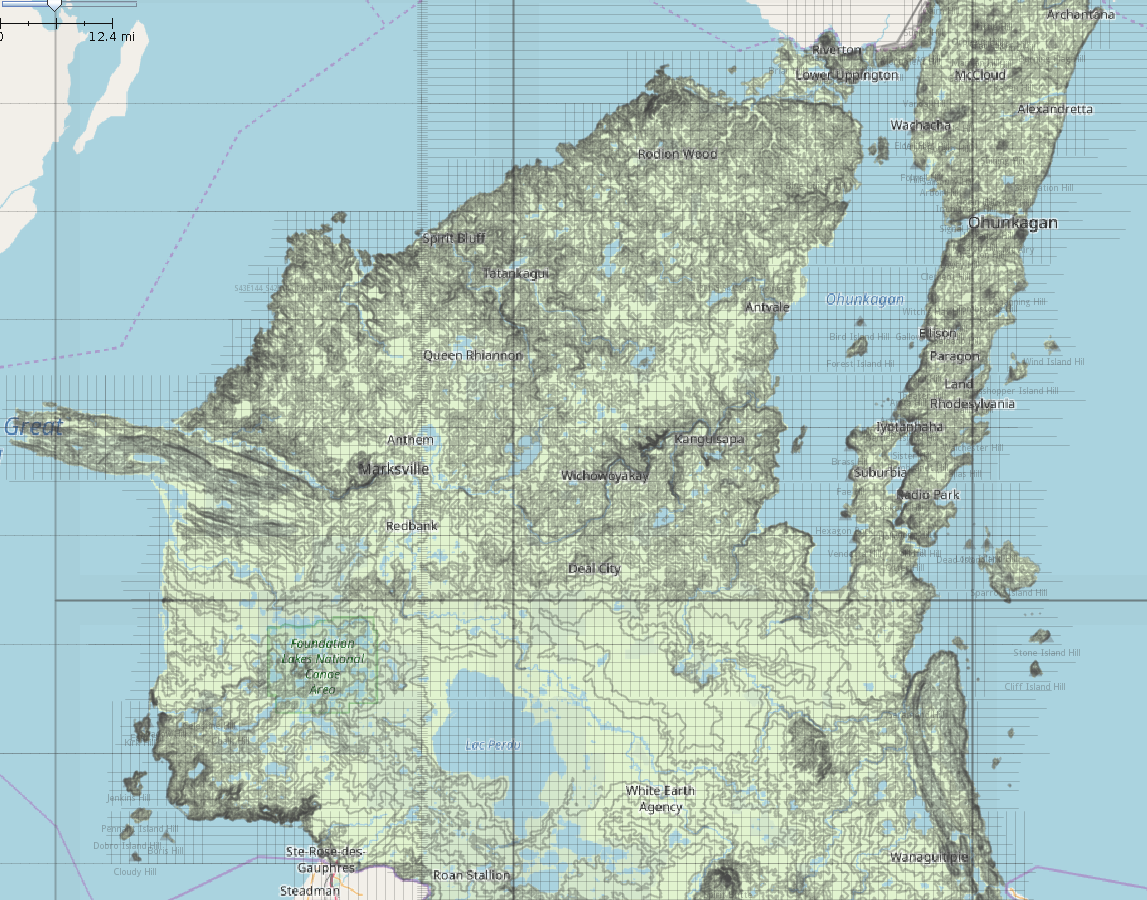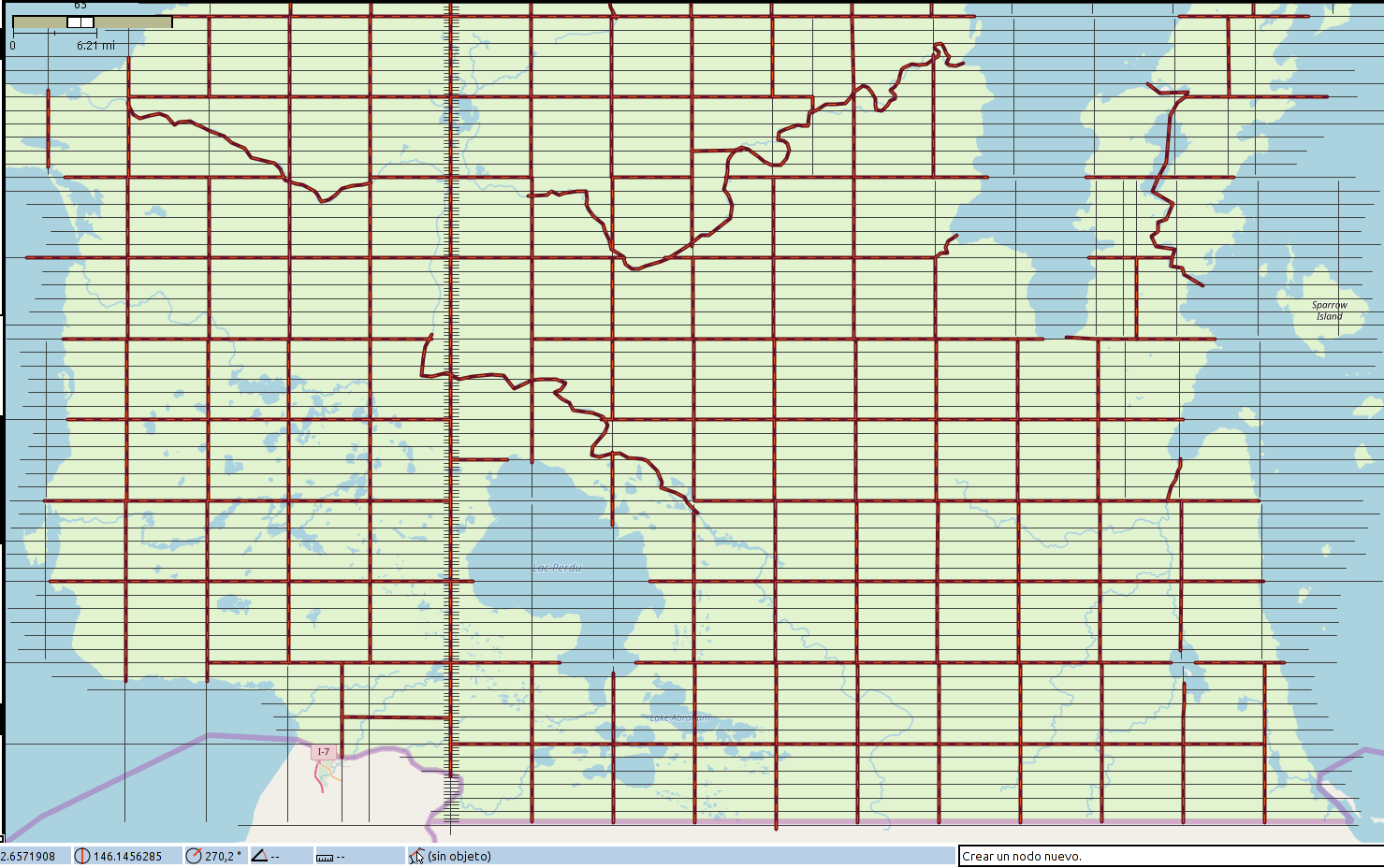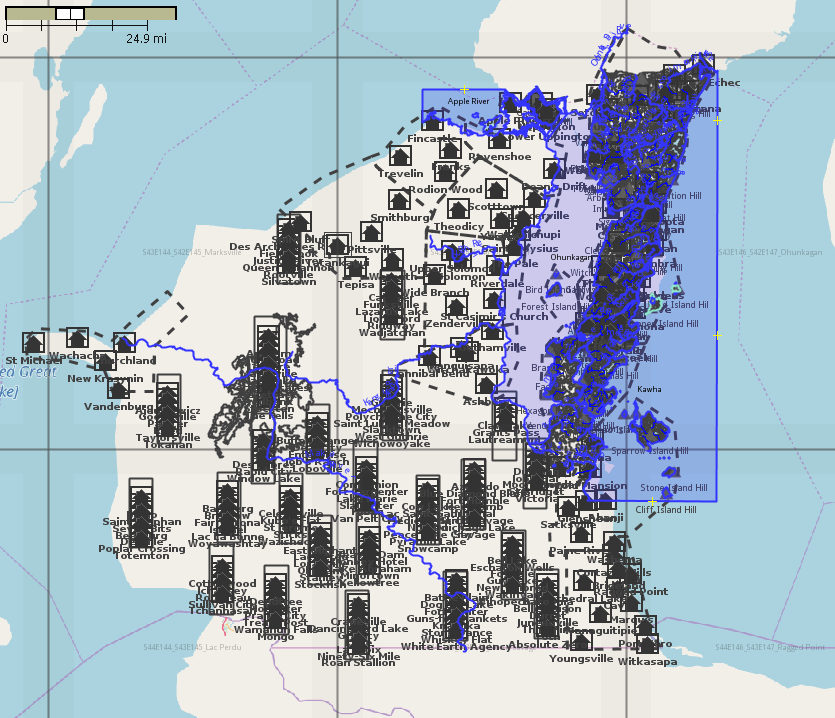This isn’t exactly geofiction, but I was messing around with a new project on my server.
Way back in the day (I am somewhat old), I used to play MUDs (Multi-User Dungeons). These are text-based computer games of various kinds – no graphics at all. They’re a kind interactive “choose your own adventure” text, you might say. But the game mechanics in them are the ancestors of modern MMORPGs such as World of Warcraft, and there are even conceptual connections to Grand Theft Auto or Minecraft.
MUDs are quite old – they existed on mainframes at businesses and universities before PCs were even a thing, starting in the 1960s. Because of my family’s connection to the local university, I was a rare child of the 1970s who actually played computer games before PCs were invented! These were MUDs and other text-based games.
When I noticed I had my own server up and running, it occured to me that I could build a MUD. Possibly, it’s not even that hard. Sure enough, there is open-source software that will run a MUD on a server for you.
I chose a package called CoffeeMud. I’m still messing with it. It’s very unlikely I’ll ever do anything with it. But I had this domain-name, “Hellbridge.com”, lying around, so I thought, sure, make a MUD.
_ _ _ _ _ _ _
| | | | | || || | (_) | |
| |__| | ___ | || || |__ _ __ _ __| | __ _ ___
| __ | / _ \| || || '_ \ | '__|| | / _` | / _` | / _ \
| | | || __/| || || |_) || | | || (_| || (_| || __/
|_| |_| \___||_||_||_.__/ |_| |_| \__,_| \__, | \___|
__/ |
Hellbridge.com |___/
Powered by CoffeeMud v5.9
I originally acquired the “Hellbridge.com” domain for a quite different purpose: It was intended to be a “satire-website” for a place where I once worked, which had a name where “Hellbridge” was a similar sound but darker connotation. But looking at it now, I thought it would make a great name for a MUD. So there it is.
I liked the CoffeeMud package because the admin and config of the site is mostly done from within the game. That’s cool. So I create an “Archon” character, who is like God. I walk around the MUD and type “Create chair” and a chair falls from the sky. Likewise with any other object, room, monster, or character class. That’s fun.
The Archon character is created in the empty, default “Fresh Install” room, by reading a book that is placed there. I read the book and I became a God.
Nice book. Note the stats jump in the prompt.
<20Hp 100m 100mv> read book
The manual glows softly, enveloping you in its magical energy.
The book vanishes out of your hands.
<1403Hp 571m 595mv>
It’s not live yet. It may never be. But meanwhile, I thought it was interesting to try it out.
It’s a little bit like geofiction – you’re creating an imaginary world, after all.
Music to MUD by: Maná, “En el muelle de San Blás.”





